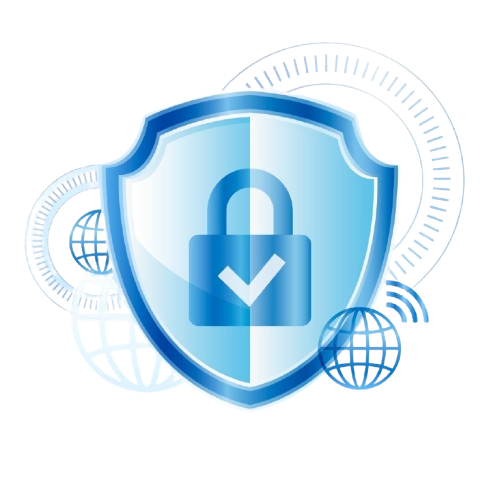In the world of modern medicine, digital transformation is revolutionizing how healthcare professionals diagnose and treat patients. One such revolutionary tool making waves in ENT (Ear, Nose, and Throat) practices is the digital otoscope. Traditionally used to examine the ear canal and eardrum, otoscopes have now been upgraded with advanced digital capabilities, transforming the entire diagnostic experience.
But what exactly makes digital otoscopes a game changer for clinics, hospitals, and individual practitioners? Let’s explore the top five reasons why this tool is redefining patient care in ENT and general medicine.
1. Enhanced Visualization and Accuracy
Traditional otoscopes rely on a manual light source and the physician’s direct line of sight to assess the ear canal. In contrast, digital otoscopes use high-resolution cameras and LED lighting to capture real-time images and videos of the inner ear. These visuals are displayed on screens—tablets, computers, or smartphones—allowing clinicians to view clearer, magnified, and more accurate images than ever before.
Benefits:
-
High-definition imagery enhances diagnostic precision.
-
Physicians can zoom in on small abnormalities that might be missed with traditional tools.
-
The ability to freeze and review images helps in double-checking findings.
This leads to faster and more accurate diagnoses, especially in identifying infections, perforations, wax blockages, or structural deformities.
2. Better Patient Communication and Education
One of the biggest hurdles in healthcare is helping patients understand their condition. With digital otoscopes, patients can see what the doctor sees. The live visuals or saved images from their examination can be shared on a screen, allowing doctors to explain the diagnosis in a way that is easy to understand.
Why this matters:
-
Builds patient trust through transparency.
-
Encourages patient engagement and compliance with treatment.
-
Reduces fear or confusion, especially for pediatric or elderly patients.
Imagine showing a parent the image of their child’s ear infection in real-time—it helps them make more informed decisions and understand the need for follow-up care.
3. Seamless Documentation and Remote Consultation
With the rise of telemedicine, the ability to capture and store medical images is no longer optional—it’s essential. Digital otoscopes offer easy storage, sharing, and integration with Electronic Health Records (EHR) and cloud-based systems.
Features that support this:
-
Capture still images and videos with a single click.
-
Share data securely via email or cloud for second opinions or specialist reviews.
-
Access images from anywhere for follow-up comparisons.
This feature is particularly useful in remote and rural healthcare settings, where specialists may not be on-site but can still provide expert opinions based on shared imagery.
4. Training and Education Made Easier
Digital otoscopes are not only diagnostic tools—they’re powerful teaching aids. Medical students, interns, and residents benefit greatly from the ability to observe live ear exams on a screen without needing to take turns looking through a traditional scope.
Educational advantages:
-
Group viewing enables live demonstrations.
-
Saved videos can be reviewed for training and assessments.
-
Helps new doctors develop better diagnostic skills.
By offering real-time guidance and feedback, digital otoscopes elevate the learning experience for students and young practitioners alike.
5. Portability, Efficiency, and Cost-Effectiveness
Many digital otoscopes are compact, lightweight, and designed to work with smartphones, tablets, or standalone screens. This makes them ideal for on-the-go practitioners, including home healthcare providers, pediatricians, and ENT specialists making clinic rounds.
Efficiency benefits:
-
Quicker exams with instant visual feedback.
-
Easy to disinfect and use between patients.
-
Eliminates the need for film or extra tools for image capture.
Over time, digital otoscopes can also prove to be cost-effective, as they reduce misdiagnoses, unnecessary referrals, and follow-up visits by improving first-time diagnostic accuracy.
Bonus: Ideal for Pediatric and Geriatric Care
Children and elderly patients are often the most challenging when it comes to physical examinations. Their discomfort, movement, or inability to explain symptoms can make ear exams difficult. Digital otoscopes can speed up the process, reduce discomfort, and help parents or caregivers understand what’s going on.
Additionally, features like anti-fog lenses, adjustable lighting, and disposable ear tips make examinations safer and more hygienic.
Conclusion: A Smart Investment for Modern Clinics
From improved diagnostic accuracy to enhanced patient education and support for telehealth, digital otoscopes are truly game changers in today’s healthcare landscape. As more clinics embrace modern, patient-centric care models, tools like these are no longer a luxury—they’re a necessity.
Whether you’re running a small practice or managing a multi-specialty clinic, investing in a digital otoscope can significantly elevate the quality of care, streamline your workflow, and set your facility apart in the age of digital medicine.



Leave A Comment